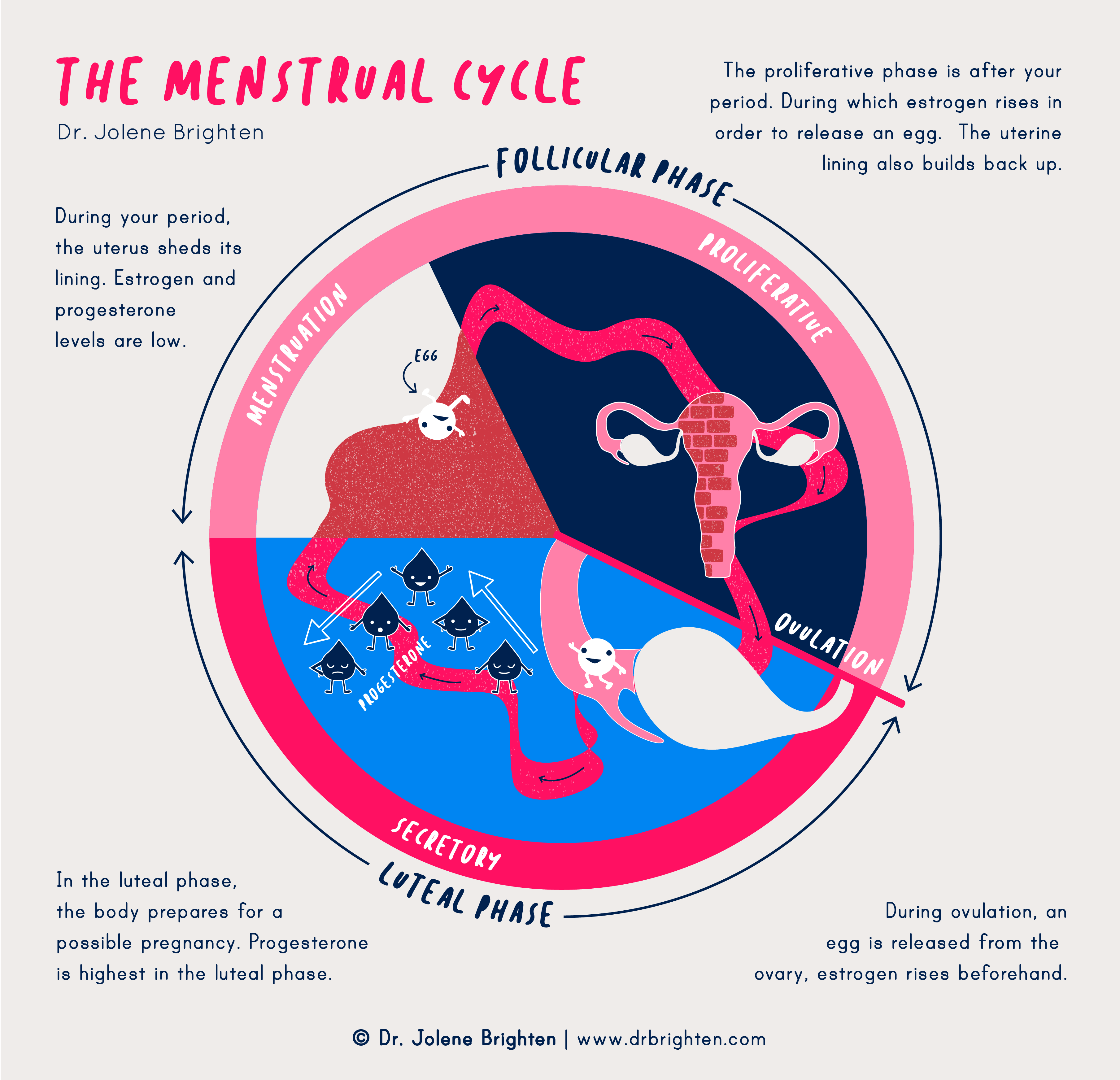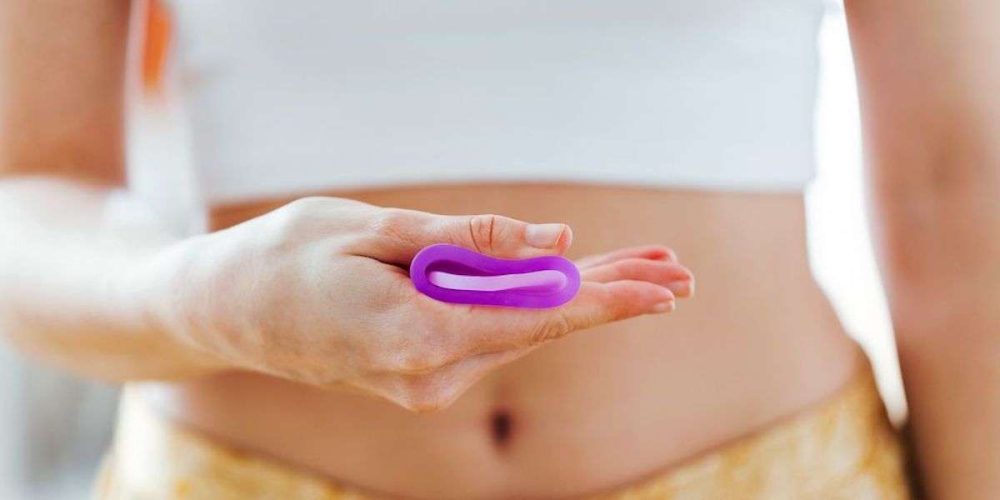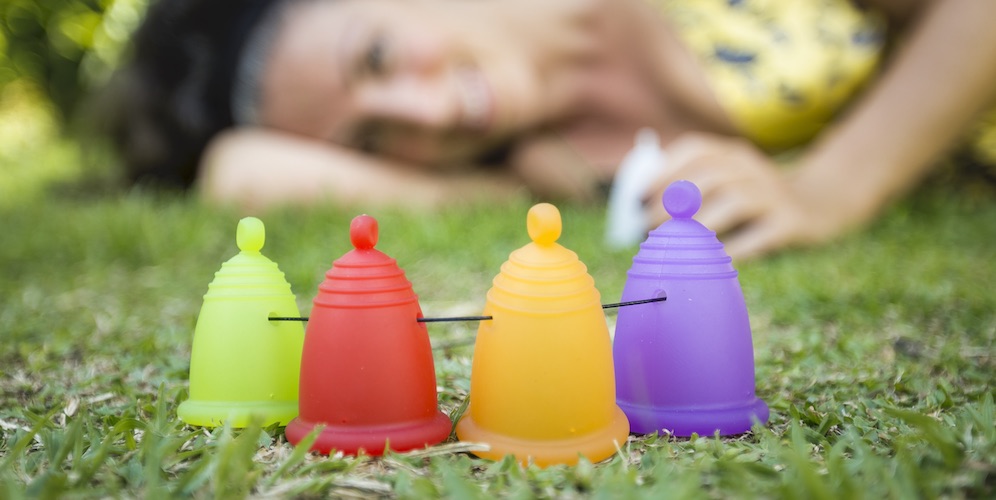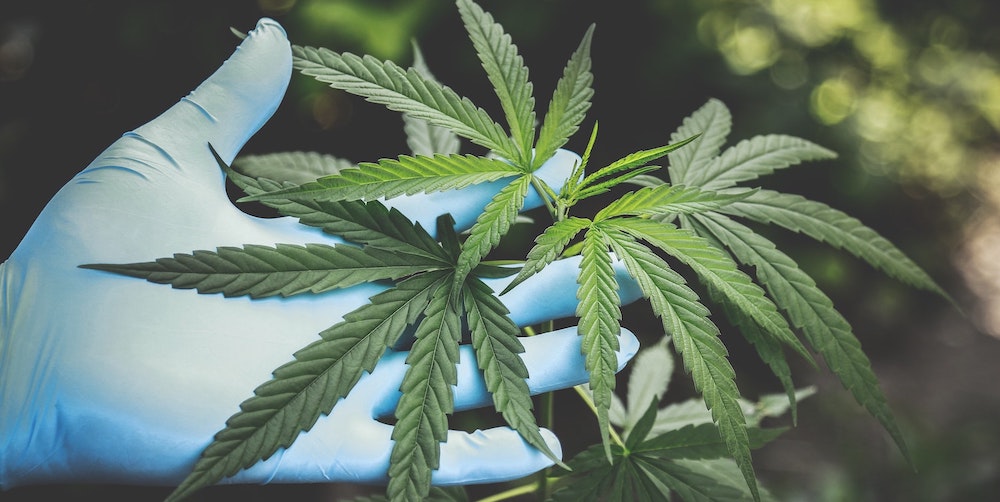What does good period food look like? Did you know that the features of your monthly period can actually tell you a lot about your state of health? No?
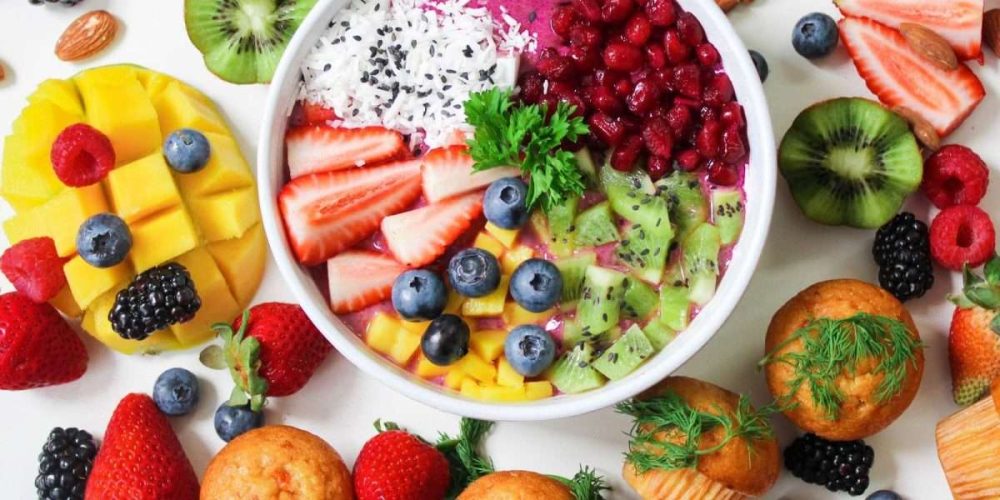
Well, Traditional Chinese Medicine (TCM) recognizes this release of bodily fluids as a tremendous source of information as to what is going on in your body and energy systems.
By keeping track of the cycle, as well as noticing what the blood is actually like, a woman can find out a whole load of useful information and from that information she can correct any imbalances in her system. Food is truly wonderful and can help you deal with a surprising number of health issues. During your period, good food comes to your rescue once again by helping you deal with cramps and other PMS symptoms From battling excess water retention and bloating to replacing lost iron and improving your mood with serotonin, there are plenty of ways you can eat yourself into a more happy period. Hormonal changes that happen during your period can give your body and your mood a bit of a battering.
Healthy PMS food
The Women’s Royal Hospital in Australia suggests that “diets rich in omega-3 fatty acids such as fish, calcium and vitamin D, and low in animal fats, salt and caffeine may reduce the risk of troublesome PMS symptoms.”
Whole-wheat grains, oily fish, low-dairy foods and proteins from legumes and eggs are just some of the things to choose around your period.
The usual culprits: salt, caffeine, sugar, and fats are to be avoided due to the way they interact with hormones, cause cramping, retain water in the body, and interfere with the digestive system (already under considerable strain during your period).
Eating for the luteal and menstrual phases, there are distinct phases to your period, and you should be eating different things based on where exactly you are in your cycle.
The four phases of your period
- Menstrual
- Follicular
- Ovulatory
- Luteal (pre-menstrual).
During the menstrual phase (at the start of your period) your estrogen is on the rise and this is one of the best times to have that soothing chamomile tea to combat early cramps. Avoid alcohol, fat, caffeine, and salt.
During the luteal phase, both estrogen and progesterone surge and then go down again. Serotonin-boosting foods like leafy greens, buckwheat, and trout are your friends during this phase. Stock up on magnesium to boost your energy levels — try spinach or dark chocolate.
Menstrual Follicular Ovulatory Luteal (pre-menstrual).
During the menstrual phase (at the start of your period) your estrogen is on the rise and this is one of the best times to have that soothing chamomile tea to combat early cramps. Avoid alcohol, fat, caffeine, and salt.
During the luteal phase, both estrogen and progesterone surge and then go down again. Serotonin-boosting foods like leafy greens, buckwheat, and trout are your friends during this phase. Stock up on magnesium to boost your energy levels — try spinach or dark chocolate.
Read more about cycle-syncing for nutrition.
Minerals & vitamins to get from your food during your period
Based on cycles, in the early days of your period you should get more of the following:
Iron-rich foods (spinach, red meat, dark leafy greens)
Vitamin C (orange, peppers, strawberries, broccoli, mango). Vitamin C actually helps your body absorb iron so power these two up by having them at the same time.
And during the lead up to your period, you should eat:
- Magnesium (nuts, seeds, mushrooms, seafood, kale, asparagus)
- B vitamins, including B12 (whole grains, eggs, barley)
- Good calcium (not from dairy — calcium is good for uterine cramps)
- Serotonin-boosting foods (leafy greens, buckwheat, trout)
- Omega 3 & Vitamin D. Fruit
Fruits
There are some fruits that are especially good for women on their periods:
- Bananas are great for magnesium, potassium, and fiber. They help balance your mood and your gut, as well as relax your muscles (magnesium).
- Oranges are good mood-boosters thanks to their calcium and vitamin D hit — when taken together they alleviate cramps and depressive symptoms. Oranges are also a good source of fiber and can stand in as a healthy sugar hit.
- Watermelons are great because they hydrate, whilst bringing you plenty of healthy sugars.
- Lemons and limes can also be good for bloating and controlling mood swings. Fight fatigue and nausea with a lemon water or citrus smoothie.
Vegetables
Vegetables are especially good for you:
Leafy greens such as kale and cavolo nero are ideal as menstruation food. Eat them in a smoothie to get a powerful hit of magnesium.
Broccoli is a real powerhouse of period-friendly energy, iron, fiber, and minerals.
Anything with magnesium and potassium is a good option when menstruating.
Fish, lentils & other good grains
The right kind of protein can help you deal with PMS. Eggs, salmon, and other fatty fish can give you healthy proteins.
Lentils and other grains like bulgur wheat and amaranth give you iron and energy to help you beat period sluggishness.
Yoghurt, dark chocolate & nuts
Dark chocolate and nuts are a good source of minerals and good fats and oils. Almonds are especially reputed to be good for combating PMS.
Foods to avoid during your period
While there are lots of good period foods you can eat during your period, there are plenty that should be avoided. Unfortunately, these are just the sorts of foods that you’d usually turn to during uncomfortable periods to comfort you. It’s official: salty or sugary foods, junk foods, spicy meals, soda, and alcohol should all be avoided during your period.
So why do you need to avoid these foods on your period? Well, your body is already carrying lots of excess salt. Combined with the increased water retention, this is a lot for your body to take — hence the bloating. The salty foods listed above just exacerbate this, and the others make your other symptoms, including mood swings and lower energy levels, worse too.
CBD oil
Cannabidiol (or CBD) is an increasingly popular medical supplement which is said to deliver a wide range of benefits, from anti-anxiety effects to pain relief. And periods are no exception — CBD is being used to help women manage PMS and period cramps too.
CBD oil is commonly used to relieve pain for a range of conditions, from arthritis to back pain. So it makes sense that women can use it to manage painful period cramps too, helping them lead their normal day-to-day lives with ease.
And you don’t just need to take CBD orally either. London-based startup Daye is releasing a range of CBD-infused tampons with the aim of changing the way women approach their menstrual health. The cannabidiol in the products is delivered directly to the receptors in the vagina, helping relieve period cramps quickly and effectively.
CBD is by no means a cure-all wonder drug. But for the pain relief it provides women during their menstrual cycle, it’s a beneficial supplement that is well worth considering.
Herbal teas
Easing period pain the natural way can start with something simple like drinking some nettle or ginger tea to help settle your uterine contractions and any bloating causing you pain and discomfort.
Chamomile tea can also help relax your mood — and your uterus. Cramps are a side effect of uterine contractions and chamomile can help settle them.
Good period habits in moderation
At the end of the day, good period food is what puts you in a good mood. You don’t want to overhaul everything and stress your body, but gradual changes and smart swaps are the name of the game.
Take leptin, for example. Leptin is a naturally-occurring hormone that regulates your body weight and appetite. It plays a role in the menstrual cycle too, as it has been shown to help restore periods in women who suffer from hypothalamic amenorrhea, a condition which stops them from occurring.
And your levels of leptin can also impact your period cravings. Higher levels of the hormone decrease your appetite, while lower levels increase it. Many of the foods listed here are high in leptin, such as fish, apples, oatmeal, and broccoli. Eating these in moderation will help prevent you from gorging on other foods during your period. As well as reducing bloating, it will help you feel more comfortable (for big bloating, try comfortable period panties and warm baths).
Caffeine also, may not be as bad as it’s often made out to be. One study found that caffeine intake had no direct impact on women’s experience of PMS. While many recommend reducing your coffee consumption during your period, this study suggests that it might not have any effect on it at all. So if you crave your morning cup of joe, it’s okay to treat yourself to one cup in the morning — just don’t go overboard.
Periods are a (painful) fact of life that everyone has to deal with. But beyond hot water bottles and soothing mixtapes, the food you eat can help with your PMS and period cramps too. Follow the tips above and eat yourself happy with these good mood foods.
Other products to help you maintain a good intimate health
No posts found!

